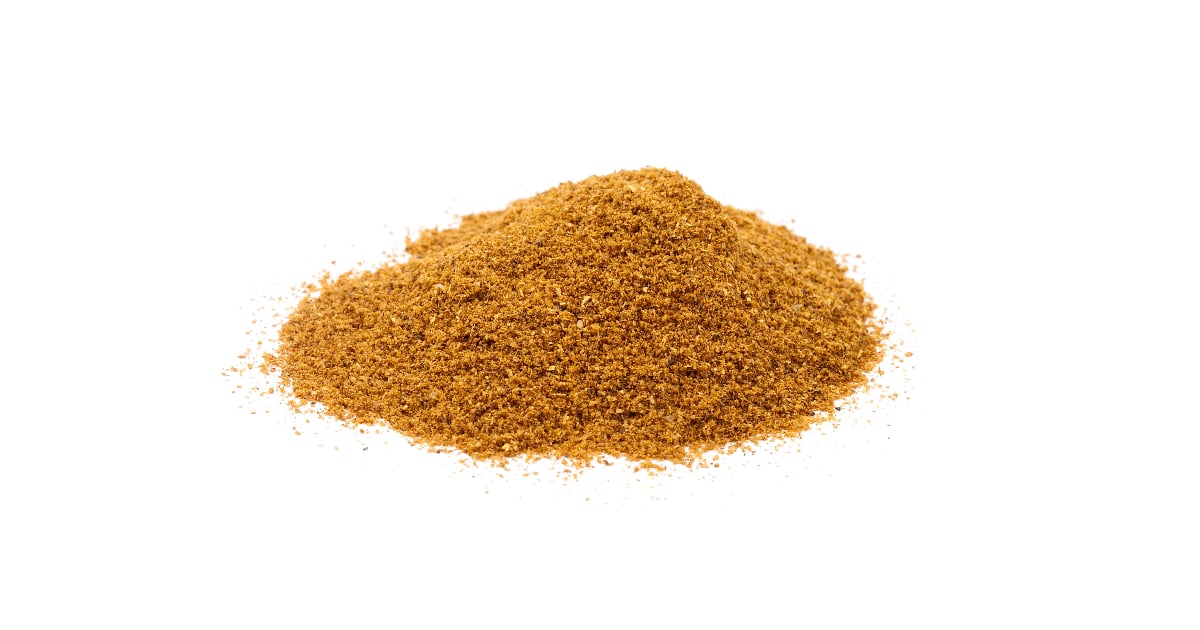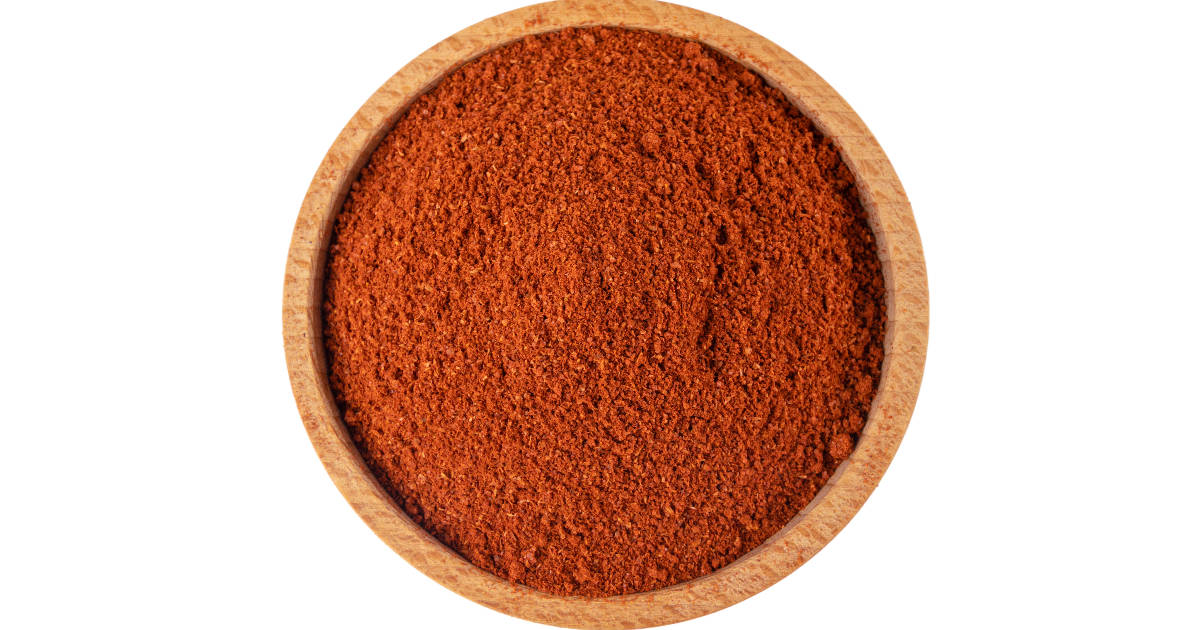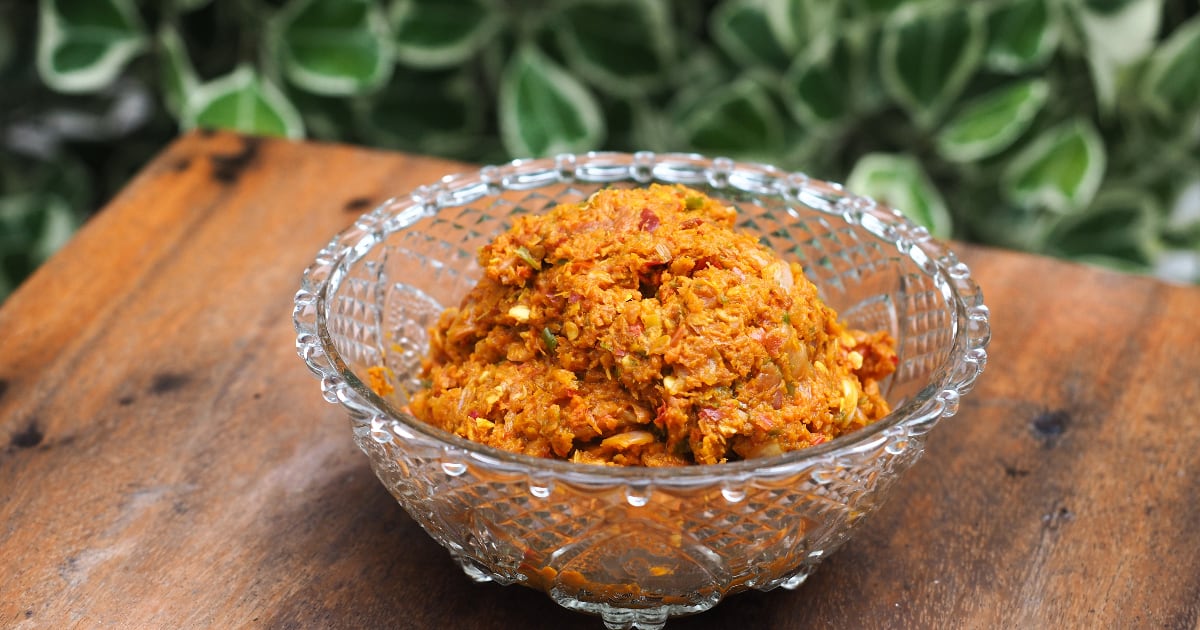Madras curry powder is a fiery spice blend that originated in the Indian city of Madras, now known as Chennai. With its bold, earthy flavors and reddish-orange color, it packs a spicy punch in curries, stews, marinades, and more.

But what if you're cooking up an Indian feast and find you're all out of this essential ingredient? Not to worry - there are plenty of great substitutes for Madras curry powder that you likely have in your pantry already.
Let's explore what exactly Madras curry powder is, what makes it unique, and the best substitute options to use when you're in a pinch. From homemade blends to prepared pastes and spice mixes, we've got you covered on all the Madras curry powder substitutes worth trying.
What is Madras Curry Powder?
Madras curry powder is a blend of warm, fragrant spices that give it a unique flavor profile. Some key characteristics include:
- Earthy, robust flavor - The blend balances sweet, savory, and spicy tastes. Common spices used include coriander, cumin, cinnamon, cardamom, and fenugreek.
- Fiery heat - The addition of dried red chilies and chili powder makes Madras curry decidedly spicier than typical curry powder. The heat level depends on the amount of chilies used.
- Rich aroma - When added to hot oil or cooked dishes, Madras curry powder releases an irresistible, complex aroma.
- Vibrant orange-red color - Turmeric and paprika lend the blend its signature reddish hue.
- South Indian origins - Madras curry powder comes from South India, particularly the city of Madras, now Chennai.
- Popular worldwide - Though originating in India, Madras curry powder became popularized by the British and is used globally in Indian cooking.
So in summary, Madras curry powder has a unique blend of spices that gives it a hot, robust, and fragrant flavor. It's essential for making the most flavorful Indian curries.
Why Substitute for Madras Curry Powder?
There are several reasons you may need a substitute for Madras curry powder:
- You're out of it - If you find yourself lacking this spice staple when a recipe calls for it, substitution is necessary.
- Hard to find - Depending on where you live, Madras curry powder can be difficult to find in regular grocery stores. Substitutes make a handy alternative.
- Prefer milder taste - For those who find true Madras curry powder too spicy, substitutes allow you to customize the heat level.
- Allergies/dietary needs - Sometimes ingredient sensitivities necessitate swapping Madras powder for something more suitable to your diet.
- Cost savings - Opting for spices already in your pantry is economically smarter than purchasing a specialty ingredient.
The good news is Madras curry powder has a unique but not overpowering flavor. With the right blend of spices, you can come pretty close to mimicking its taste.
Best Substitutes for Madras Curry Powder
From pre-made spice blends to DIY mixes, here are the top substitutes to use:
1. Homemade Madras Curry Powder
Making your own Madras curry powder is one of the best ways to replicate the flavor. Although it requires some work, you'll end up with a fresher, more aromatic spice blend.
To make it, toast whole spices like coriander, cumin, fennel, and mustard seeds. Then grind them along with turmeric, chili powder, and other spices into a fine powder. Store in an airtight container.
With homemade curry powder, you can control the ingredients and heat level. Follow an authentic Madras curry powder recipe for the best results.
2. Hot Curry Powder
Many grocery stores carry a generic "hot curry powder" that makes an easy pre-made substitute. It contains the quintessential Madras curry spices - coriander, turmeric, cumin, fenugreek, ginger, and chili pepper.
For best results, look for a hot curry powder with a bright orange-red hue like true Madras powder. You can use it as a straight 1:1 substitution in recipes.
If the color or flavor seems a bit off, add a pinch of paprika or extra chili powder to liven it up.
3. Tandoori Masala

Tandoori masala is a classic Indian spice blend used for tandoori chicken but works well as a Madras curry powder substitute.
It has a similar spicy warmth thanks to ingredients like cumin, coriander, garlic, ginger, cinnamon, clove, fenugreek, and chili powder.
Use the same amount of tandoori masala in place of Madras powder. Keep in mind it will lend a reddish color versus orange, so adjust other ingredients if necessary.
4. Garam Masala + Chili Powder
Garam masala is another quintessential Indian blend that makes a good alternative to Madras powder.
It lacks the chili pepper heat though. To compensate, add cayenne, crushed red pepper, or another chili powder along with the garam masala.
Start with 3/4 teaspoon garam masala and 1/4 teaspoon chili powder in place of 1 teaspoon Madras curry powder. Adjust amounts to your taste.
5. Curry Powder + Cayenne
Similar to garam masala, regular curry powder can substitute for Madras powder when you amplify the heat.
Combine curry powder with a pinch or two of cayenne, chili powder or red pepper flakes.
For 1 teaspoon Madras powder, use 3/4 teaspoon curry powder and 1/4 teaspoon chili powder. The blend of spices gives an approximated flavor.
6. Tikka Masala Curry Powder
Tikka masala curry powder has ingredients like ginger, coriander, garlic, paprika, and cayenne. It provides a mild, sweet depth similar to Madras powder.
You can use an equal amount of tikka masala powder in place of Madras. Add extra chili powder if you want to increase the heat to Madras levels.
7. Madras Curry Paste

In a pinch, Madras curry paste makes an excellent substitute for the powdered spice blend. It combines the same spices with coconut milk and vinegar into a concentrated paste.
For best results, use about half the amount of curry paste compared to powder. So for 1 teaspoon powder, use 1/2 teaspoon paste.
8. Sambar Powder
Sambar powder is a flavorful South Indian spice blend containing coriander, cumin, fenugreek, chili pepper, and other spices.
It makes a good option for replicating the heat and bold flavors of Madras powder. You can swap equal amounts. Add extra cayenne if more heat is needed.
9. Vindaloo Curry Paste
Vindaloo curry paste can substitute for Madras powder when you want an extra fiery kick. It contains many similar spices but turns up the heat significantly with lots of chili peppers.
For a spicier, vinegar tang, use about half the amount of vindaloo paste in place of Madras powder. Start with less if concerned about the heat level.
Substitutes to Avoid
On the flip side, there are certain ingredients that are not recommended for substituting Madras curry powder:
- Green or red curry paste - These Thai ingredients use herbs like lemongrass and galangal not found in Madras powder. The flavor is completely different.
- Chaat masala - This tart spice blend contains amchoor, mint, and black salt that doesn't suit Madras' flavor profile.
- Sambal oelek - Made purely of chilies and vinegar, sambal oelek lacks the complex spice blend of Madras powder.
When in doubt, read the ingredients list of any potential "substitute" to ensure it contains warm, fragrant spices similar to those in true Madras curry powder.
How Much to Use?
When substituting for Madras curry powder, use the same amount called for in the recipe when using:
- Hot curry powder
- Tandoori masala
- Homemade Madras powder
- Sambar powder
For heat-boosting blends, like garam masala + chili powder or curry powder + cayenne, use a 3:1 ratio.
For 1 teaspoon of Madras powder, use:
- 3/4 teaspoon garam masala (or curry powder)
- 1/4 teaspoon chili powder (or cayenne)
Spicy pastes like vindaloo or Madras curry paste should be used at half the amount of dry Madras powder.
Always start with less when unsure and adjust to taste. Keep in mind commercial blends vary in spiciness.
Tips for Cooking With Madras Curry Substitutes
- Smell and taste test Madras powder substitutes before cooking to gauge potency.
- Add extra water when using paste substitutions to account for less absorption.
- Mix up your own signature Madras curry blend using whole toasted spices.
- For authentic dishes, use substitutes in Indian recipes tested with Madras powder.
- Adjust other ingredients like yogurt or coconut milk to tame or enhance spiciness.
- Start with less chili powder or paste and add more heat based on preferences.
With the right homemade or pre-made blend, you can come extremely close to replicating the intense Maldives curry powder flavor. Just keep heat levels and ingredients in mind.
FAQ
What's the difference between Madras curry powder and regular curry powder?
The main difference is Madras curry powder contains more chili powder, making it significantly spicier and richer in color. Regular curry powder has a milder, more mellow flavor.
Can I use garam masala as a substitute?
Yes, garam masala makes a good substitute when paired with added chili powder to replicate the heat. Use a 3:1 ratio of garam masala to chili powder.
Is Madras curry powder the same as tikka masala?
No, they are different blends. But tikka masala curry powder can be used as a substitute for Madras powder since they contain similar spices.
What's a quick Madras curry powder substitute?
Hot curry powder or mixing regular curry powder with cayenne pepper provides a fast, simple substitute using common spices.
Can I use Thai red curry paste instead of Madras powder?
No, Thai red curry paste uses galangal, lemongrass, and other Thai herbs. The flavor profile is completely different than Madras curry powder.
Conclusion
Madras curry powder has an iconic place in Indian cuisine thanks to its addictive fiery flavor. With its South Indian origins and popularity in British Indian cooking, it adds delightful complexity to curries worldwide.
Experiment with pre-made spice blends, chili-spiked mixes, and homemade combinations. The options provide flexibility whether you want an exact replica or a milder, customizable flavor.

